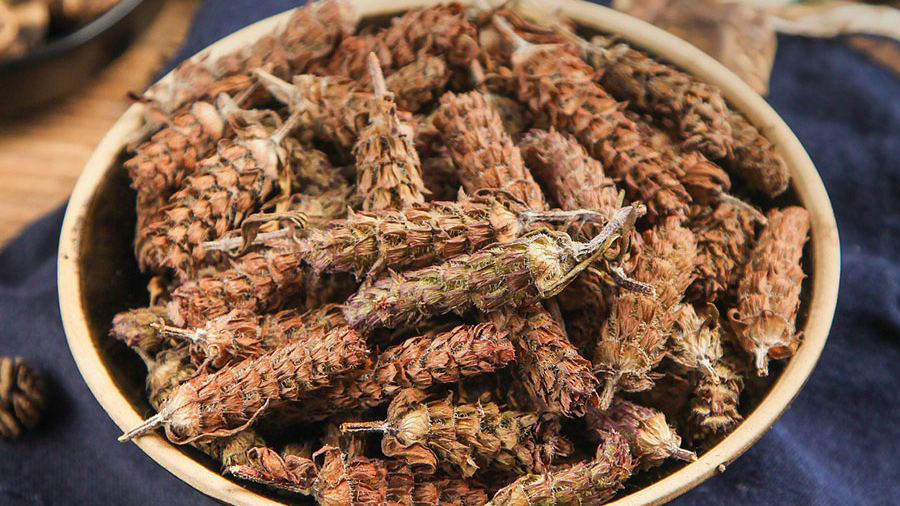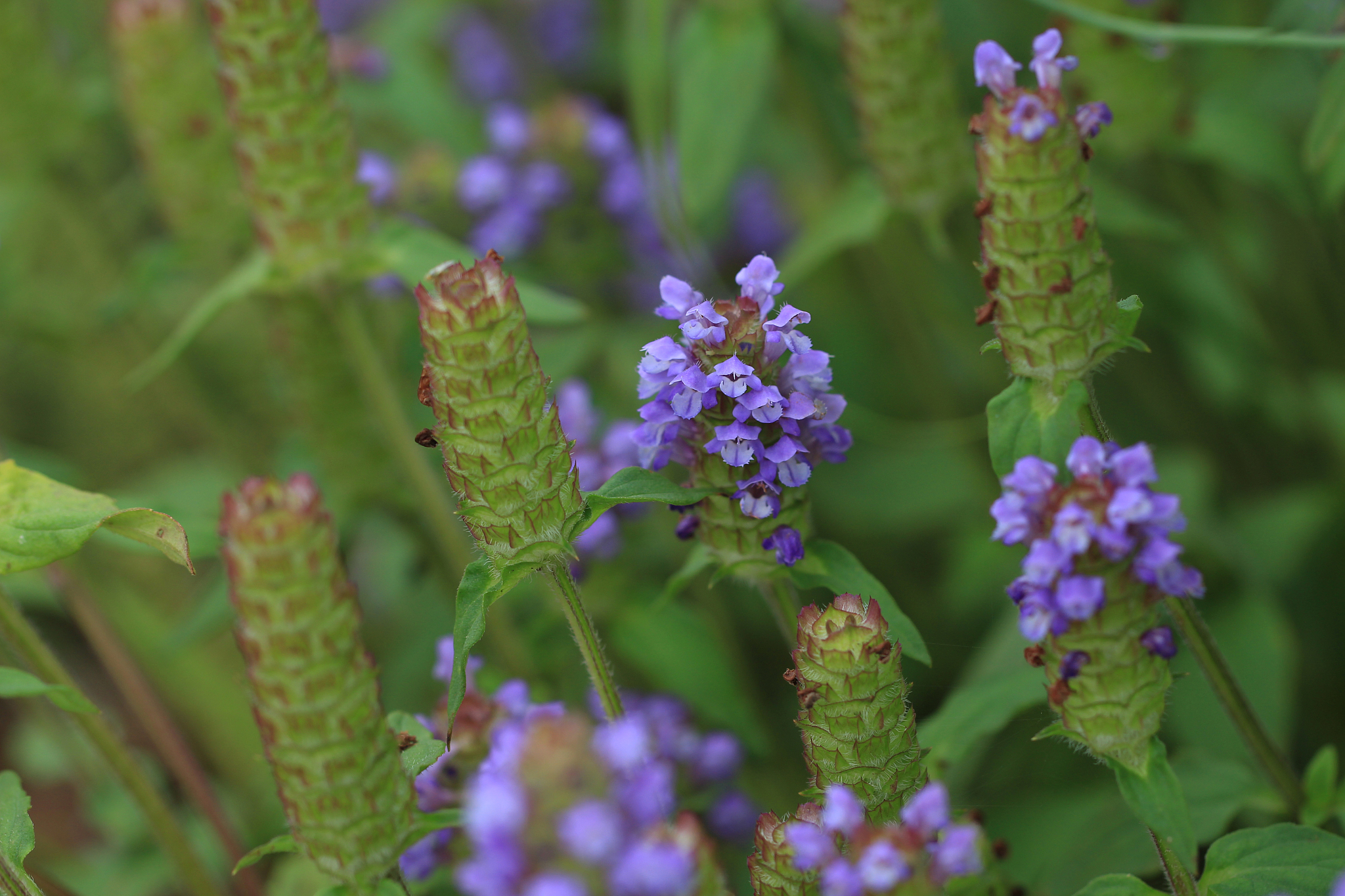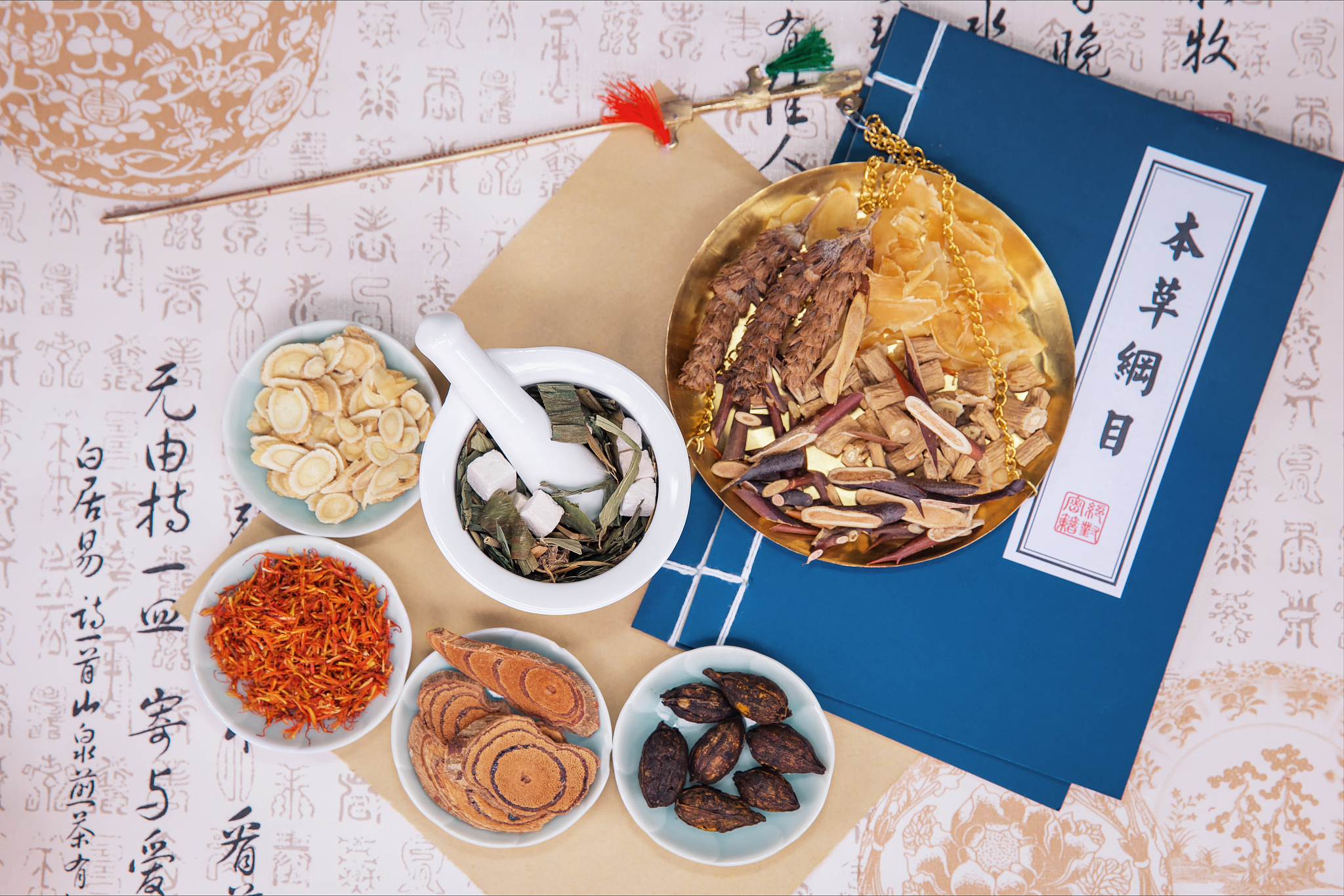Legend has it that a scholar's mother got afflicted with cervical tuberculous lymphadenitis and her neck was swollen with pus. The scholar was helpless. A doctor from a different county was called. He went up the mountains to gather weeds and came back with purplish tassels, claiming that the plant could heal his mother. She drank a potion made from the plant for 10 days and recovered.
Later on, a county official's mother suffered from the same disease. The scholar offered his services to the official, hoping that he could cure her with the same medical recipe that the doctor had used. The scholar then went up the mountains to look for the plant but couldn't find it. The official thought he was a swindler.
It was not until late spring and early summer the following year that the doctor came back to the village. The scholar complained to him that he couldn't find the plant. After hearing the whole story, the doctor said with a sigh: "When I left the county last year, I asked you to remember to pick those weeds before the summer ends because they wither right after summer." The doctor then led the scholar up the mountains where they found the purple plant blooming all around.
This weed is often referred to as "selfheal" or "heal-all."

According to "Compendium of Materia Medica," written by Li Shizhen, selfheal mainly cures liver deficiency, eye pain, leukorrhea with reddish discharge, scrofula and postpartum anemic fainting.
According to the "Chinese Pharmacy Dictionary," it's clinically used in the treatment of diseases such as pulmonary tuberculosis, wet pleurisy, bacillary dysentery and acute icterus hepatitis.
Tuberculosis is a bacterial infection that can transmit via air. When it affects the lungs, it's called pulmonary tuberculosis. It can cause chest pain, severe coughing and a range of other symptoms.
According to World Health Organization estimates, tuberculosis remains one of the top 10 causes of death globally and has been the leading cause of death from a single infectious disease since 2007. The global tuberculosis latent infection population is about 1.7 billion, accounting for about one-fourth of the total population. In 2018, there were about 10 million new cases of tuberculosis globally.

The dry clusters of selfheal, which have a spicy and bitter taste and a cool nature, are usually used as medicine. Selfheal (Prunella vulgaris) is in the genus Prunella. It is a perennial herb native in Europe, Asia, Africa, and North America. It grows best in fields and on roadsides.
After entering the fruiting period, the clusters wither and the seeds get mature. Because the fruiting period is in the summer, it is different from other plants as it wilts in summer.

About 'The Great Herbs' series:
Chinese herbal medicine is the precious legacy of the Chinese people's struggle against diseases for thousands of years and the essence of Chinese culture accumulated over this time. The "Compendium of Materia Medica," written by Li Shizhen, is a valuable heritage of ancient Chinese medicine and botany that has played a significant role in promoting the development of medicine and pharmacy in China and even the world. In this series, CGTN explores some of the great herbs mentioned in the book.
For more:
The Great Herbs: The first of China's nine immortal herbs
The Great Herbs: The buster of blood
The Great Herbs: Flowers with two colors
The Great Herbs: The king of hundreds of herbs
The Great Herbs: Ancient 'mushroom of immortality' on rotten woods
The Great Herbs: Herb with a fishy taste
The Great Herbs: Licorice 'the old man' in the kingdom of medicine
The Great Herbs: Red arrows
(All images via VCG)
(If you want to contribute and have specific expertise, please contact us at nature@cgtn.com.)

